Raised garden beds are the ultimate landscape feature to zone the outdoor areas for growing plants. From edibles to flowers, raised beds are your best friend. The boxed structures ensure greens develop in healthy soil.
Read on to learn more about how to make raised beds and how to grow plants in them.
Best advice for raised beds from expert London gardeners
Pick the best spot
Location is key when starting a garden in raised beds.
Bed placement determines what your landscape would look like and what type of plants get to thrive in your yard. While some edibles and flowers prefer full sun, others might prefer the shady areas of your garden.
Another thing to be wary of is underground gas lines and electricity cables. The last thing you want is to accidentally dig up and damage those utility installations. The next item on your list should be soil assessment and pH evaluation. Check the type and nutritional value of the soil underneath the allocated spots and make amendments if needed.
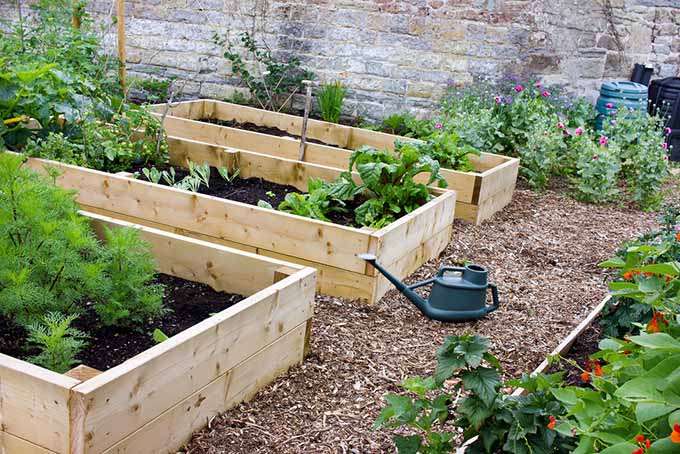
The best thing about these boxed gardens is you can build them anywhere, even over bricks or concrete slates. If you are one for unconventional solutions, you can even build raised garden beds on a slope.
Consider carefully the size
There is a standard size for most raised beds (60 cm x 90 cm). That common sizing ensures the garden caregiver can easily reach into the raised beds. As a result, weeding, digging, pest control and maintenance can be done without unnecessary soil compaction.
If you prefer to make a smaller or larger box, then consider building a tailored structure that will provide fast and seamless access to the plants.
The proper height for the raised garden beds revolves around the type of surface underneath. Hard surfaces demand higher raised beds (25-35 cm). Because the plants need enough depth for the roots to grow undisturbed.
Clear the area
Before building raised garden beds, you need to clear the designated area. Move all garden features and outdoor furniture in the way. Then it’s time to handle grass, weeds and debris.
Start by manually cleaning up waste, rocks and other solid obstructions. Then get rid of dirt and small debris using a leaf blower for grass or a pressure washer for hard surfaces. If you are working on a lawn space, make sure to remove the grass and start on a clean slate.
Soil type and amount
Backyard soil is not always the best option when starting a raised bed garden. It is usually contaminated or too low on nutrients. Not to mention every soil type has different pH, which can be a game-changer when growing fruits, veggies, greens and flowers.

That is why almost every gardener who grows plants in planters or boxes uses soil mix. Soil mixtures of the best quality are the ultimate gem when it comes to raised beds. For grand results get the mix topped up with organic matter and/or compost. And of course, do not forget to replenish the raised beds soil a few times per season.
If you are unsure how much soil to add to the box, there are soil calculators online that could help. Alternatively, ask the specialists at the garden centre (where you buy the mix). Or take the matter to the gardening professionals hired to help you with the raised beds project.
Pay attention to the plants picked
When picking plants for your raised beds, there are a few things you need to consider:
- Raised bed size
- Raised bed location
- Plant type and size
- Plant growth requirements
- Climate preferences
- Sunlight and watering needs
To grow healthy plants, start by checking what type of greenery would thrive in the conditions of your yard. Do some research. The greens should have enough space to grow freely but make sure to avoid planting invasive plants that spread easily.
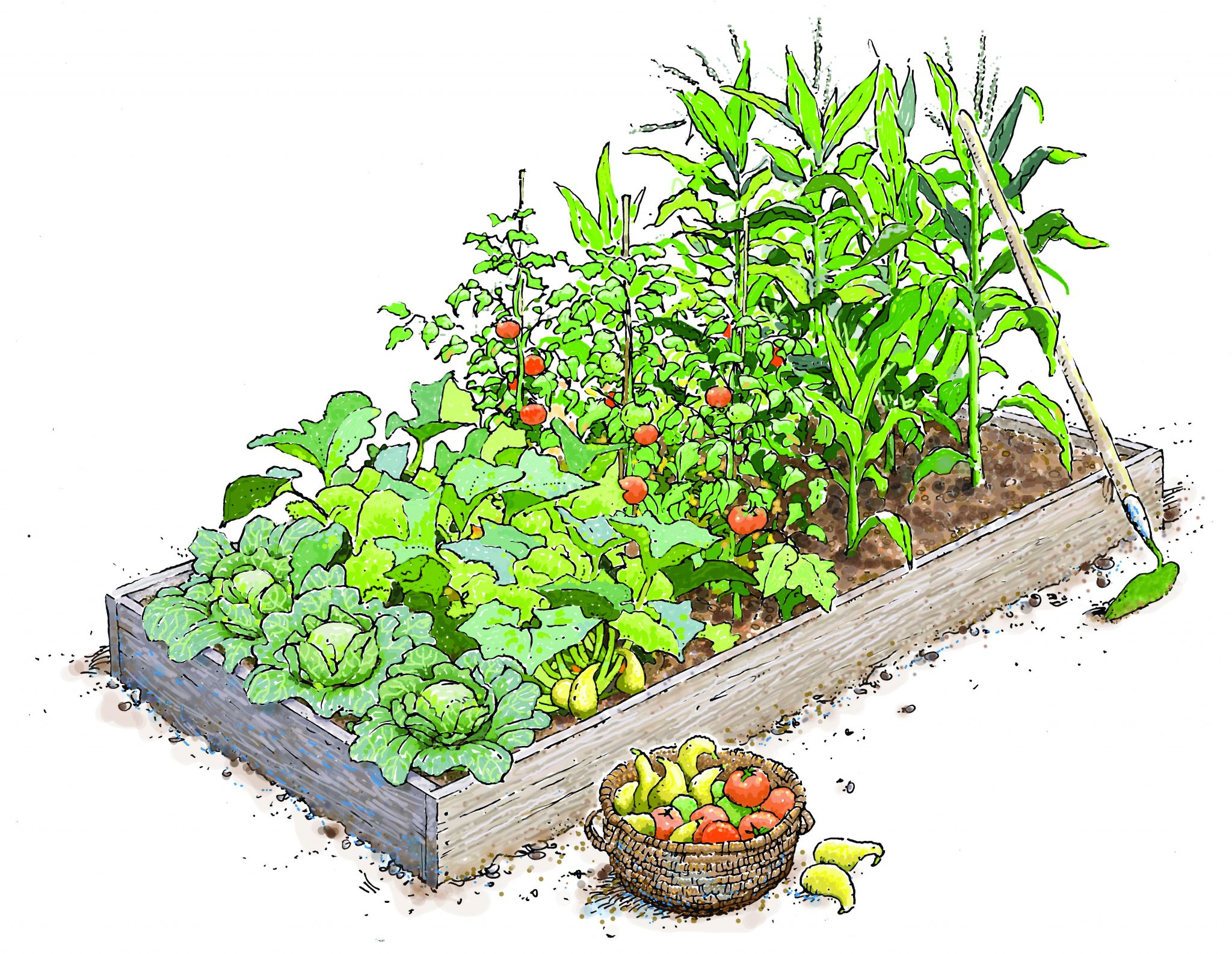
Take advantage of the mulch
Mulch is a great addition to raised beds. You can hardly get wrong with the type of mulch. Leaves, wood chips, grass clippings and straws will all do the work in keeping your greens healthy.
Mulch complements the landscape and makes a garden bed look neat and presentable. On top of that, it stops weed infestations, protects the root systems from pests and keeps the moisture in the soil.
Loading recommendations...

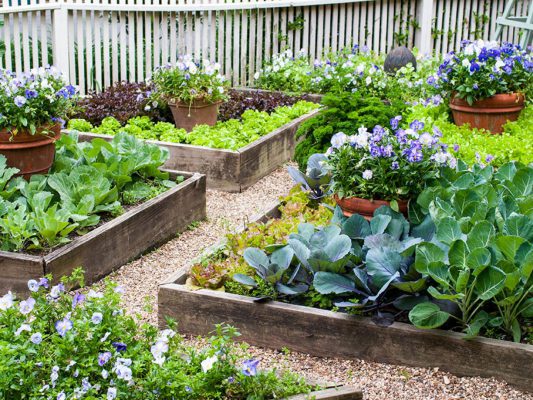
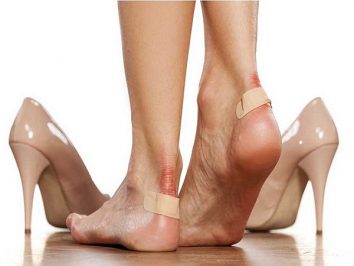
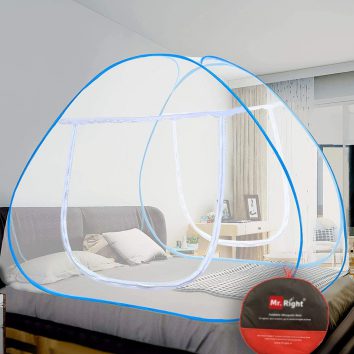

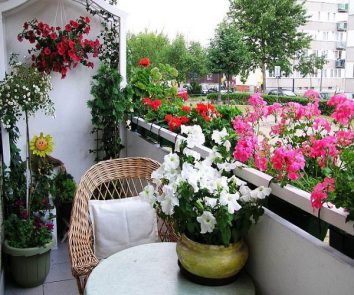
Thanks for such a pleasant post. Brahmvish nature is looking at giving its customers a unique service, that is why our philosophy is about adding value, customers focused, 24/7 response, market experience and deep knowledge in the fresh fruits & vegetable’s business.
Regards,
Best fresh fruits and vegetables exporters in Uganda
Your work is really good and I appreciate this information. I forever prefer to read quality and glad I found this thing in your post. Thank you for the comprehensive article.
truly proud all bout best information of the “Raised Bed London Gardeners” best type of article, thanks for sharing the beautiful post with best info updates of the blog which is really amazing. https://www.affordablelectricians.com.au/electrician-reservoir.html
wonderful post of the blog, sharing the beautiful post all about the “Raised Beds Gardeners” with best info updates that makes me proud for it. https://www.affordablelectricians.com.au/electrician-sunshine-coast.html
This is an outstanding post that’s filled with so many useful nuggets. Thank you for being so detailed on raised garden bed for plants.
Very Helpful Content
Some may overlook the spacing in a garden. But plants needs enough domain for it to grow well. We should always consider the size of the pot, or the area where you will put the plant in proportion to its size.
kaye
http://www.landscapingwellingtonpros.kiwi/